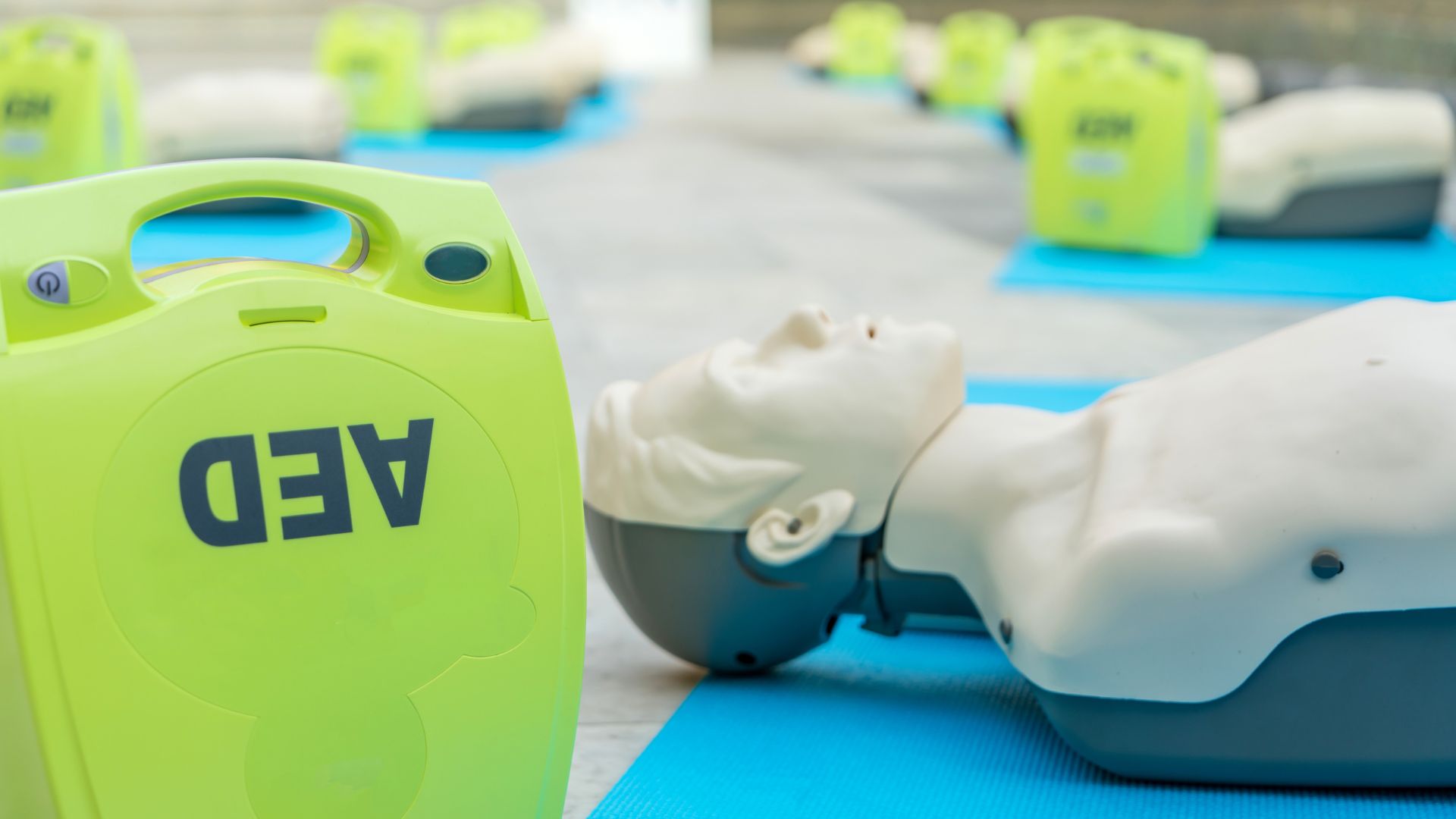
Emergencies can occur at any time, and being prepared can make a significant difference in saving lives. Cardiopulmonary resuscitation (CPR) and automated external defibrillators (AEDs) are two vital tools that play a crucial role in responding to cardiac emergencies. In this blog post, we will explore the importance of CPR and AEDs in preparing for emergencies and how they can make a life-saving difference.
Cardiopulmonary resuscitation (CPR) is a technique used to manually maintain blood circulation and provide oxygen to the brain and other vital organs during cardiac arrest. During a cardiac arrest, the heart suddenly stops beating, and immediate intervention is required to restore its function. CPR involves a combination of chest compressions and rescue breaths, which help maintain blood flow and prevent brain damage until advanced medical help arrives.
One of the primary reasons CPR is essential is that it can significantly increase the chances of survival. According to the American Heart Association (AHA), effective CPR provided immediately after cardiac arrest can double or triple the chances of survival. The quick initiation of CPR keeps the blood flowing, delivering oxygen to the brain and vital organs, which is critical in preventing irreversible damage.
AEDs as a Critical Life Saving Tool
While CPR is a crucial life-saving technique, it is often not enough to restore normal heart rhythm. This is where automated external defibrillators (AEDs) come into play. AEDs are portable devices that analyze the heart’s rhythm and deliver an electric shock, known as defibrillation, if necessary. Defibrillation is the process of restoring the heart’s normal rhythm by changing the charge of the cells of the heart muscle.
AEDs are designed to be user-friendly, with clear voice and visual prompts that guide rescuers through the process. They analyze the victim’s heart rhythm and determine if a shock is required. If a shock is advised, the AED will charge up and deliver the shock, helping the heart regain its normal rhythm. AEDs are commonly found in public places such as airports, shopping malls, schools, and gyms, making them accessible to the general public.
The combination of early CPR and prompt use of an AED can dramatically increase the chances of survival for a person experiencing a cardiac arrest. The AHA estimates that for every minute without CPR and defibrillation, the chances of survival decrease by 7-10%. Therefore, it is vital to act quickly and efficiently in responding to a cardiac emergency.
To be prepared for emergencies, it is essential to have CPR and AED training. Many organizations offer CPR and AED certification courses, which provide hands-on training and the necessary knowledge to respond effectively during a crisis. These courses teach participants how to recognize cardiac arrest, perform CPR correctly, and effectively use an AED. By taking these courses, individuals can become confident first responders and contribute to saving lives within their communities.
In addition to training, it is equally important to have accessible AEDs in public spaces and workplaces. AEDs should be strategically placed in areas where people congregate, ensuring that they are easily visible and accessible. Proper signage and awareness campaigns can help individuals identify the locations of AEDs, reducing response time during emergencies.
Furthermore, community-wide initiatives can play a vital role in increasing CPR and AED awareness. Schools, workplaces, and community organizations can organize CPR and AED awareness programs, workshops, or demonstrations to educate the public about the importance of these life-saving techniques. By fostering a culture of preparedness and equipping individuals with the knowledge and skills to respond in emergencies, we can create safer communities all across America.
Schedule your CPR Certification Class with CPR St. Petersburg today so you’re ready for anything!